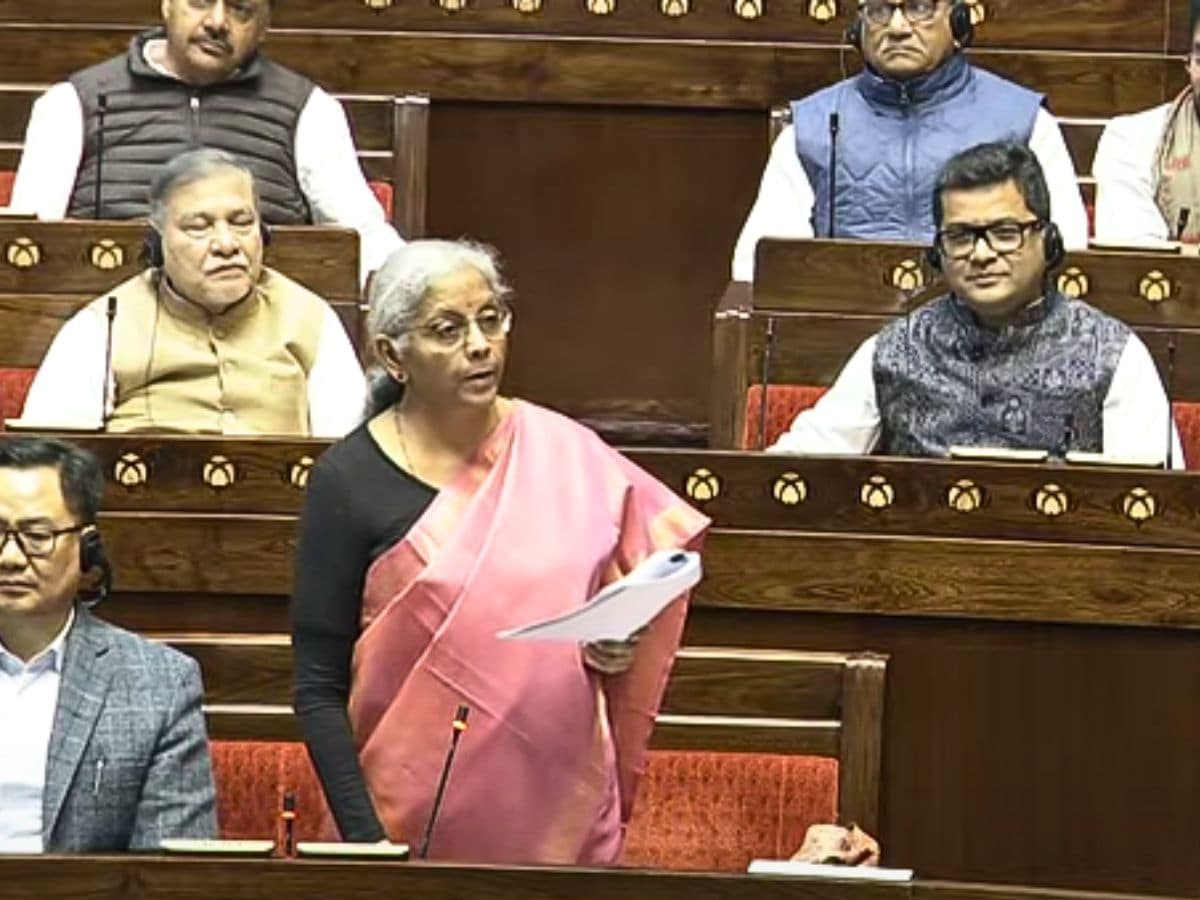 |
|
The Indian political landscape witnessed a heated exchange during the Parliament's Winter Session, specifically within the Rajya Sabha's debate on the Constitution's 75th anniversary. Union Finance Minister Nirmala Sitharaman launched a scathing attack on the Congress party, leveraging historical events to bolster her arguments regarding the Congress's alleged suppression of free speech and dissent. Her strategy involved invoking the arrests of prominent figures Majrooh Sultanpuri and Balraj Sahni in 1949 for their perceived ‘anti-Nehru’ sentiments. This tactic effectively shifted the focus from a celebratory reflection on the Constitution to a pointed political confrontation, highlighting the ongoing tensions between the ruling BJP and the opposition Congress.
Sitharaman's narrative centered on the alleged suppression of dissenting voices during the early years of independent India. She detailed how Sultanpuri, a renowned poet, faced imprisonment for reciting a poem critical of Jawaharlal Nehru, the first Prime Minister of India. Similarly, actor Balraj Sahni, also known for his outspoken nature, shared a similar fate. By presenting these instances, Sitharaman aimed to portray the Congress party as a regime intolerant of opposing viewpoints, even during the formative years of the nation's democratic institutions. This historical context served as a backdrop to her larger argument about the party's actions regarding constitutional amendments.
The Finance Minister further expanded her critique by referencing the first constitutional amendment of 1951. She argued that this amendment was primarily intended to curb freedom of speech and expression, effectively contradicting the very principles the Constitution espoused. This assertion directly challenged Congress's legacy and its commitment to democratic ideals. Sitharaman's presentation intricately linked the arrests of 1949 with the 1951 amendment, suggesting a pattern of deliberate actions to silence critics and consolidate power. This strategic linkage amplified the impact of her accusations, painting a picture of a systematic approach to curtailing dissent.
The Rajya Sabha debate was not an isolated incident. In the preceding Lok Sabha debate, Prime Minister Narendra Modi and Defence Minister Rajnath Singh similarly criticized the Congress for numerous constitutional amendments enacted during their period in power. They characterized these amendments not as measures to strengthen democracy but as tools to serve dynastic interests. This coordinated attack from the ruling BJP showcased a concerted effort to strategically frame the narrative surrounding the Constitution's anniversary, using the occasion to launch a full-fledged political offensive against the opposition.
Sitharaman's invocation of Sultanpuri and Sahni's arrests has sparked debate and controversy. While her arguments highlight historical events and raise important questions about the early years of Indian democracy and freedom of expression, they have also been met with counter-arguments. Critics argue that the context of 1949's political climate needs to be considered fully. Furthermore, some question the fairness of directly linking the 1951 amendment to a deliberate attempt to curb free speech without a comprehensive analysis of its broader implications and the historical context surrounding it. The debate underscores the ongoing tension between historical interpretation and political maneuvering, with both sides utilizing historical events to reinforce their present-day political agendas.
The event also raises broader questions about the delicate balance between free speech and national security, particularly during periods of national formation. The line between legitimate criticism and sedition is often blurred, and historical judgments can be heavily influenced by prevailing political ideologies and interpretations. The 75th anniversary of the Indian Constitution provided a platform for these complex and often contentious discussions. The event transcended a mere commemoration, becoming a stage for political maneuvering, historical reinterpretations, and a crucial discussion about the principles upon which India's democracy is founded.
Ultimately, Sitharaman's speech served multiple purposes. It was a strategic political maneuver designed to undermine Congress's credibility and bolster the BJP's narrative. It served as a reminder of the ongoing political battles within India, where historical events are often used as weapons in contemporary conflicts. It also highlighted the enduring tension between those who prioritize free speech without limits and those who emphasize the need for responsible discourse within a nation's developing democratic framework. The ongoing discussion resulting from this political strategy underscores the continuing relevance of historical events in shaping present-day political discourse and narratives within India.
Source: Sitharaman Invokes Balraj Sahni, Sultanpuri's Arrest To Target Congress In Constitution Debate
